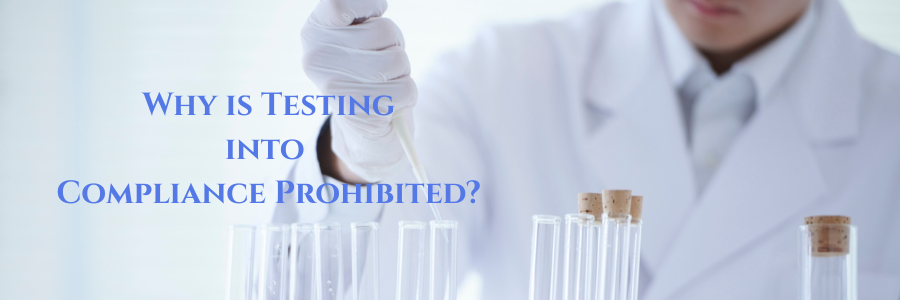Pharma Digest

Why is Testing into Compliance Prohibited?
“Testing into Compliance” — A Red Flag for FDA Inspectors In pharmaceutical manufacturing, data integrity is non-negotiable. Yet some companies still engage in the risky practice of testing into compliance — retesting until a passing result is found, while ignoring or discarding out-of-specification (OOS) results without proper scientific justification. This ... Read More

FDA Guidance: Computer Software Assurance
FDA just released: Computer Software Assurance for Production and Quality System Software FOREWORD What’s new in CSA? The guidance introduces a paradigm shift: Key applications: CSA vs CSV – What’s the advantage? This means more time for innovation, less time buried in paperwork, and better assurance where it counts. CSA ... Read More

Best Practices for Managing Suppliers of API Manufacturers | APIC Guidance
The Best Practices Guide for Managing Suppliers of API Manufacturers (Version 2 – March 2024) is not a new regulatory framework, but a refined and practical reference document designed to support API manufacturers in strengthening supplier oversight and ensuring consistent quality across the supply chain. Together with the Annex 2 ... Read More

Understanding the Inactive Ingredient Guide (IIG)
The Inactive Ingredient Guide (IIG) is a regulatory database published and maintained by the United States Food and Drug Administration (USFDA). It serves as a critical reference for pharmaceutical scientists, formulation developers, and regulatory affairs professionals engaged in the development and approval of drug products—particularly generic drugs submitted through the ... Read More

What Is the FDA Orange Book, and Why Should Every Formulation Scientist Understand It?
For anyone working in pharmaceutical R&D, regulatory affairs, or generic drug development, the FDA Orange Book is not just a regulatory reference—it’s a strategic tool that can significantly influence the success of your product development. Officially titled Approved Drug Products with Therapeutic Equivalence Evaluations, the Orange Book is published by ... Read More

Selection of Reference Product Across Different Regulatory Markets
Selecting the appropriate reference product is a key step in generic drug development. It serves as the basis for bioequivalence studies and regulatory submissions. The definition and selection criteria for a reference product vary by region, as outlined below. 1. United States (USFDA) – Reference Listed Drug (RLD) The USFDA ... Read More

R&D Guide to Dissolution Specification Setting
Setting dissolution specifications at the R&D stage is a critical step in pharmaceutical product development. It ensures that the formulation will consistently meet performance expectations and regulatory requirements. Here’s a clear step-by-step guide: How to Set Dissolution Specifications in R&D 1. Understand the Role of Dissolution Dissolution testing predicts how ... Read More

Determination of Dissolved CO2 in Soft Drinks
A Hands-On Experiment with Dissolved CO2 I’ve always wondered about the science behind the things we do every day. I recently set out to measure the ‘fizz’ in soft drinks by finding out how much CO2 is dissolved. This was a wonderful experiment of titration with sodium hydroxide. It wasn’t ... Read More

The Science Behind the Drug Potency
The science behind drug potency is far more complex than you think. If you’re in pharmaceuticals or biotechnology, you’ll frequently hear the term “potency.” But what exactly does it mean, and why is it important? What is Drug Potency? Potency refers to the amount (dose or concentration) of a drug ... Read More

Why Are Phosphate Buffers So Popular in HPLC?
If you work with HPLC chances are you’ve used phosphate buffers. But why phosphate? What makes them so widely trusted? Let’s find out why? 1. Excellent pH Control Phosphate has three dissociation constants (pKa) values: This allows effective buffering across a broad pH spectrum. This is essential for controlling the ... Read More

What Should Flow Through HPLC Column?
What Should You Flow, and What Shouldn’t in HPLC? It Depends on Your Column! What you flow, what you avoid flowing, and in what order, all depend on your column’s stationary phase and physical parameters. Let’s break it down scientifically: Stationary Phase Chemistry 1. Reversed-phase columns (like C18): 2. Normal-phase ... Read More
